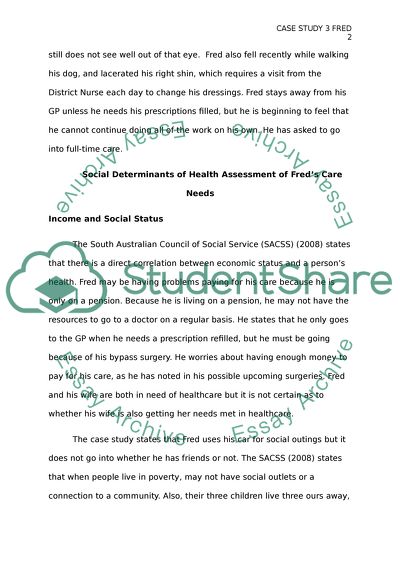Cite this document
(“Case Study 3 Fred Essay Example | Topics and Well Written Essays - 1500 words”, n.d.)
Retrieved from https://studentshare.org/health-sciences-medicine/1397662-case-study
Retrieved from https://studentshare.org/health-sciences-medicine/1397662-case-study
(Case Study 3 Fred Essay Example | Topics and Well Written Essays - 1500 Words)
https://studentshare.org/health-sciences-medicine/1397662-case-study.
https://studentshare.org/health-sciences-medicine/1397662-case-study.
“Case Study 3 Fred Essay Example | Topics and Well Written Essays - 1500 Words”, n.d. https://studentshare.org/health-sciences-medicine/1397662-case-study.


